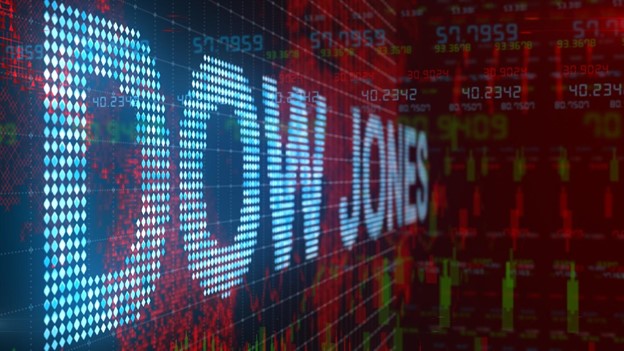Tech giant Amazon (AMZN) announced a 20-for-1 split its stock last week. This caught the markets attention as the Pavlovian response is to buy shares into and post-split.
Shares of Amazon (AMZN) initially rallied 6% on news. It has had difficulty holding those gains in a tough tape.
Peers Apple (AAPL) and Tesla (TSLA) saw shares rally in response to their splits in 2020. The environment for tech stocks has drastically changed over the past nine months. Can AMZN enjoy the same success in the new landscape?

New CEO Andy Jasse has had a rough start to his tenure. The stock was the worst performer among big tech in 2021 and is down 16% to start the new year. In the fourth quarter, AMZN reported its slowest quarterly growth since the first quarter of 2002.
To be fair, Jasse grabbed the reigns at a difficult time. Investor appetite switched from growth to value as monetary policy pivots toward a tighter grip. Costs continue to skyrocket in an inflationary environment fueled by supply chain issues and geopolitics. One of those costs has been wage growth. In the past, AMZN has used share-based compensation to retain top talent. A stock that underperforms is not as attractive. AMZN had to raise its compensation program to remain competitive.
Amazon announced the split on March 9. It will give shareholders 19 additional shares for each share held on June 3. AMZN begins trading on a post-split basis on June 6. That means shares trading today will trade at approximately $142 on June 6. It is the fourth split since it IPOd in 1997 and marks the first split since 1999.
AMZN believes the share split will allow its employees more flexibility in managing equity in the company. In theory, this will make SBC a more attractive option moving forward.
A stock split does not create any value for holders. It does open the stock to a broader retail class. To wit, I recently had a conversation with a friend of mine about how Chipotle (CMG) shares were over $1,000. “That much… for a taco company!?!?!?”, he lamented.
I attempted to explain share count and market valuation and was quickly waved off. Now, this is a savvy person who does well for himself. There are a lot of citizens with this perspective. This is a perfect example of the type of investor who would be enticed to buy shares post-split.
Amazon joins a long list of peers to announce a stock split.
- Alphabet (GOOGL) announced February 1 that it would do a 20-for-1 split effective July 15.
- Apple (AAPL) split its stock 4-for-1 in August 2020.
- Tesla (TSLA) split its shares 5-for-1 in August 2020.
- Nvidia (NVDA) split its stock 4-for-1 in July 2021.
AAPL, TSLA, and NVDA all had positive reactions to their splits. The investment landscape is different form 18 months ago.

AMZN also announced a $10 billion share buyback, replacing a previous $5 billion stock repurchase program. The company purchased $2 billion in the fourth quarter under its prior plan. This brings the total repurchase to $12 bln. The buyback is notable as the company had not purchased shares since the first quarter of 2012. It suggests management sees value in shares at these levels.
One interesting aspect of the announcement is that it makes Amazon eligible to enter the Dow Index. The Dow is a price-weighted index. Adding four-digit stocks is problematic. The highest weighted stock in the index is United Healthcare (UNH). Its $480 stock gives it a 7% weighting in the Dow. This means a 1% move in UNH has three times the impact of the 16th weighted stock Apple. I think most people would agree AAPL is a more telling sign of the economy.
AMZN is one of the biggest companies in the World with a clear pulse on the American economy. The Dow was created to serve as a stock market and economic indicator. AMZN belongs in the index. Amazon sets up as a perfect entry into the Dow.
This brings in another set of investors, one with deeper pockets than our retail friends- the Index investors. This is the holy grail of steady investors. The potential for AMZN to be added to the Dow will attract money.
We would warn that changes to the Dow are infrequent. The last major move was in August of 2020 when it added Amgen (AMGN), Honeywell International (HON) and another tech giant, Salesforce.com (CRM). It dropped Exxon Mobil (XOM, Pfizer (PFE) and Raytheon Technologies (RTX) to make room for the new companies.
The index was quick to add Apple following its 7-for-1 split back in 2014. That bodes well for a titan like AMZN.
It is a tough environment to buy tech stocks. AMZN may have a small advantage as shares have been in a tightening cycle since August of 2020. The stock fights to hold the $2700 level as headwinds persist. This stock split and the aspect of entry to the Dow should provide a tailwind to help keep shares in place.
An announcement that Amazon will enter the Dow remains a distant hope for investors but it should strengthen support levels. That makes AMZN an enticing play as investors look for capital preservation with potential upside in today’s market.



